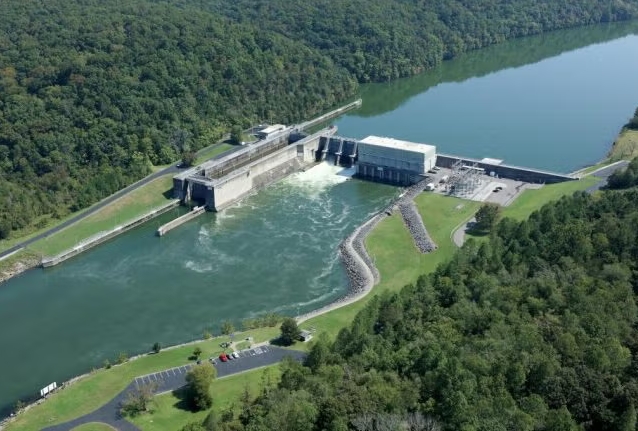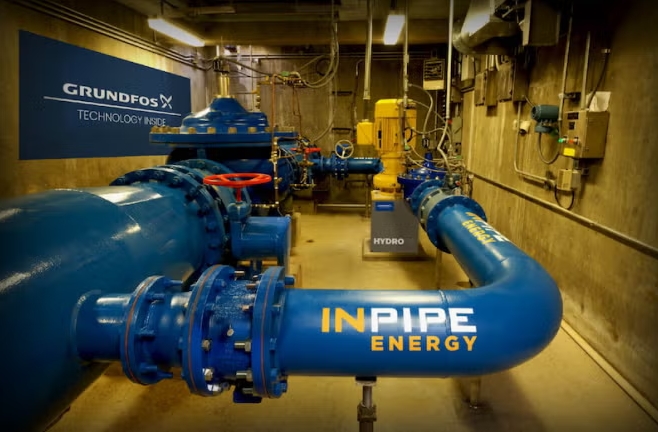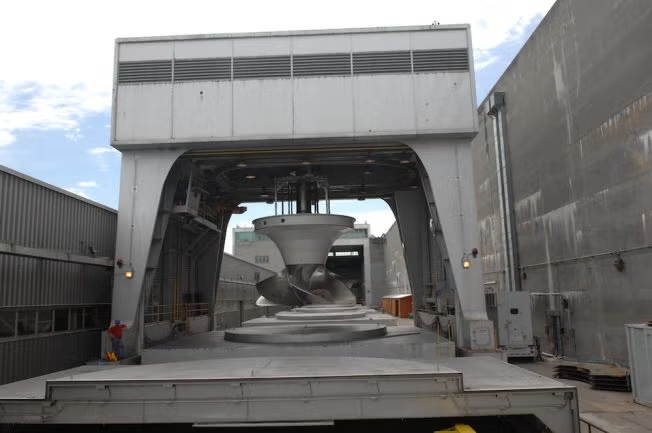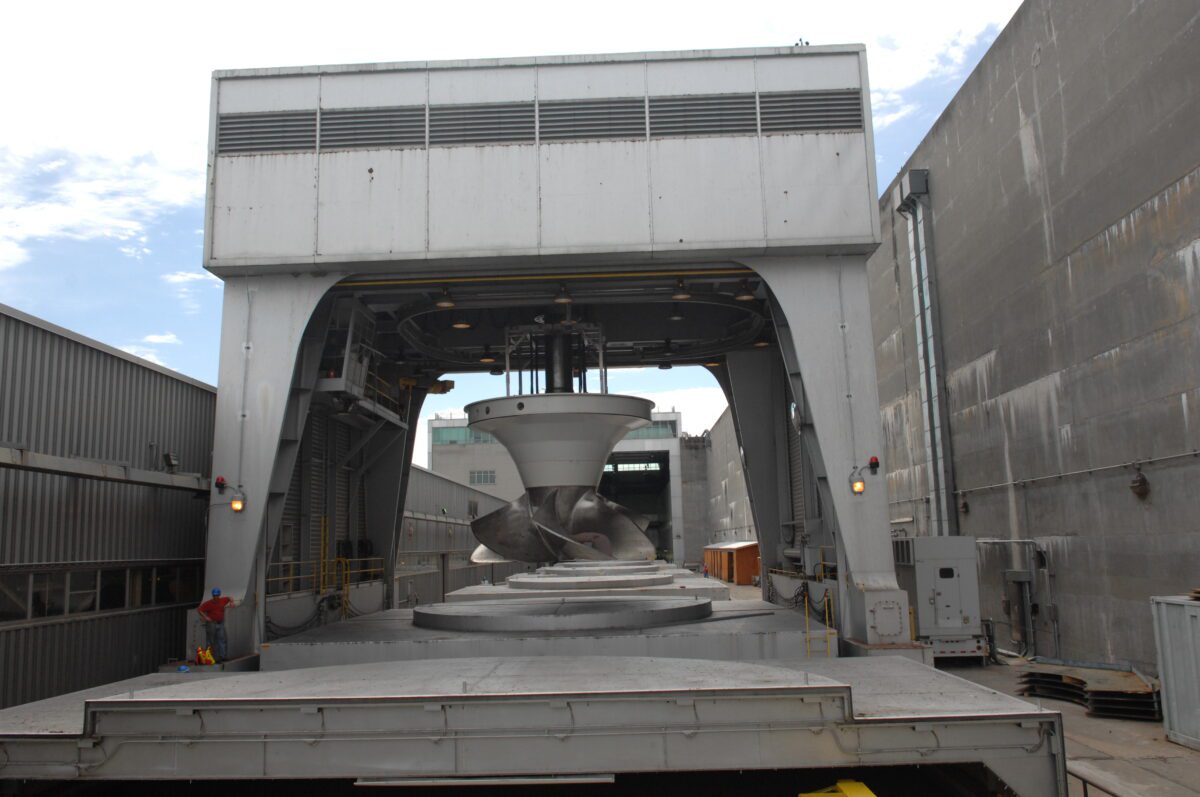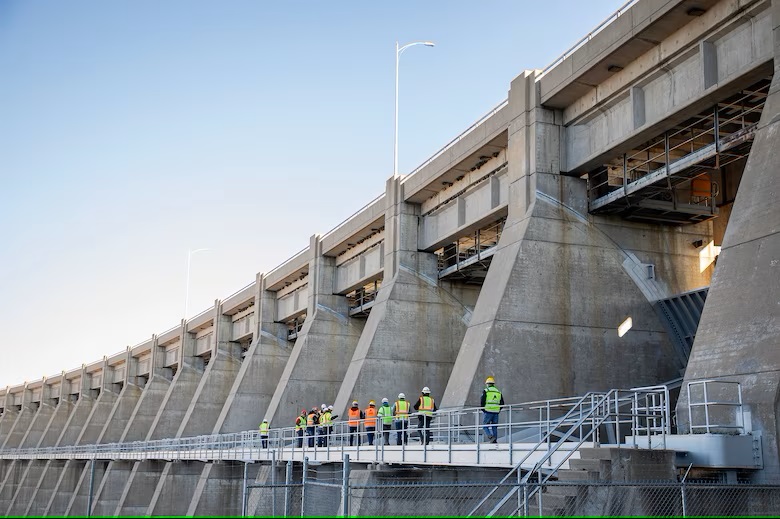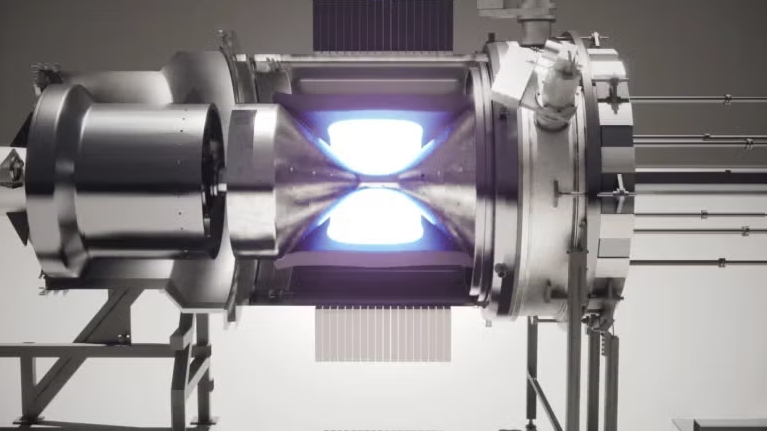
General Fusion in August 2023 announced plans to build a new Magnetised Target Fusion (MTF) machine at the company’s Richmond headquarters – LM26 – is designed to achieve fusion conditions of over 100m degrees Celsius by 2025, and to progress toward scientific breakeven by 2026.
LM26 will integrate General Fusion’s existing operational plasma injector (PI3) with a new lithium liner compression system. PI3 is the culmination of 24 predecessor prototypes and over 200,000 plasma experiments. The plasma injector has already achieved the temperature and energy confinement times required by LM26. It is one of the world’s largest and most powerful operational plasma injectors, having already demonstrated plasma temperatures of 5m degrees Celsius, along with 10 millisecond self-sustaining energy confinement time.
The results from LM26 will validate the company’s ability to compress magnetized plasmas in a repeatable manner and achieve fusion conditions without requiring expensive superconducting magnets, or high-powered lasers. The data gathered from LM26 will then be incorporated into the design of the company’s planned commercial scale demonstration in the UK.
Following several years of fusion R&D collaboration, General Fusion and Canada’s Simon Fraser University (SFU) will now partner to optimise a diagnostic method based on neutron activation analysis (NAA). This will calculate the total number of neutrons produced during LM26 operations, providing critical data to measure and verify the programme’s key technical milestones. The diagnostic uses an industry-standard approach for NAA that has been deployed in leading fusion research machines such as the UK Atomic Energy Authority (UKAEA)’s Joint European Torus and Lawrence Livermore National Laboratory’s National Ignition Facility.
The total neutron count for each LM26 experiment will provide critical insight into the machine’s overall fusion performance as the company progresses toward key temperature thresholds and, ultimately, scientific breakeven equivalent and the Lawson criterion. The technology is uniquely suited for General Fusion’s LM26 programme. It does not require direct access to the plasma and will not be impacted by interference from the machine’s electromagnetic noise.
“We’re excited to expand our collaboration with Simon Fraser University, which has decades of research experience and unique lab capabilities to support us in advancing our practical and economical clean energy technology – Magnetised Target Fusion,” said Mike Donaldson, General Fusion Senior Vice President, Technology Development. “Data drives our fusion demonstration programme. That’s why we’re working with a wide network of Canadian and international experts to build the robust diagnostic system we need for our LM26 demonstration in a way that is scalable to a commercial fusion machine and pushes the whole field of fusion diagnostics forward.”
A full suite of diagnostics on LM26 will provide extensive data to measure plasma performance and neutron production during the machine’s two-year operations. In addition to its work with SFU, General Fusion is collaborating with Canada’s particle accelerator centre TRIUMF, UKAEA, Université de Sherbrooke, University of Lisbon, Bertin Technologies, Motus Design Group, and others to develop several diagnostic tools, including NAA, neutron spectrometry, Thomson scattering, and reflectometry.
General Fusion was established in 2002 and is funded by a global syndicate of leading energy venture capital firms, industry leaders, and technology pioneers. In March, TRIUMF and General Fusion have received a NSERC Alliance grant to advance technology critical to measuring extreme temperatures inside a fusion machine. Funding of more than CAD800,000 ($573,600) over four years will support the design and delivery of an ultra-fast neutron spectrometer system. This will measure plasma temperatures at fusion conditions of over 100 million degrees Celsius, a key technical milestone that General Fusion aims to achieve at large scale by 2025.
In August, General Fusion announced new funding of CAD20m from Canadian Nuclear Laboratories (CNL) and the Business Development Bank of Canada’s investment arm, BDC Capital. This brings total funding for General Fusion’s LM26 programme to CAD71m since its launch in 2023.
